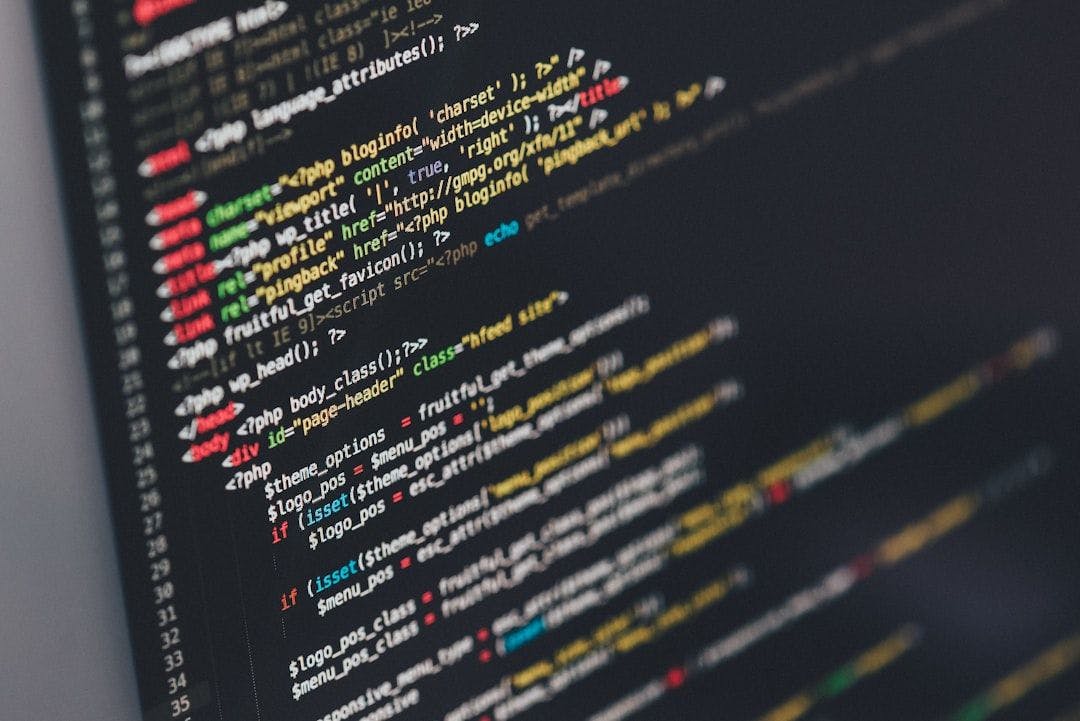When Henry Ford introduced the assembly line in 1913, he didn’t just transform car manufacturing—he reshaped the very logic of industrial capitalism. Production became faster, cheaper, and standardized, fueling a society of mass consumption. Today, a similar revolution is happening in software engineering, driven not by conveyor belts but by artificial intelligence. If cars were the defining product of the 20th century, software is the defining product of the 21st. And just as Fordism redefined how cars were built, AI is redefining how software is created.
The Industrial Side
Assembly Line Production
Ford’s workers didn’t build entire cars; they focused on tiny, repeatable tasks. In software today, AI has taken this principle further. Instead of painstakingly writing every line, developers lean on AI copilots to generate scaffolds, components, and even entire modules. Code comes off the “line” faster, reducing the friction between idea and product.
Standardization Everywhere
Ford built cars that were almost identical—black Model Ts. Software is now experiencing a similar wave of standardization:
- Design: Shadcn, Radix, Tailwind—plug-and-play design systems.
- Frameworks: Vite, Next.js, FastAPI—standardized stacks with best practices built-in.
- UX: Onboarding flows, checkout funnels, and notifications are so optimized they feel almost preordained.
- Marketing: The playbook—SEO, paid ads, social campaigns—has become universal.
Building an app used to mean reinventing every wheel: authentication, deployment, security, design. Each step required specialists, coordination, and often hundreds of thousands of dollars. Thanks to open-source software, those building blocks became free and widely available. Today, the foundations are standardized and commoditized. AI accelerates this shift, turning the painful into the automatic.
Efficiency & Scale
Mass production made cars affordable for the middle class. AI-driven development slashes the cost of software in the same way. A solo developer can now do the work of a small team. Competition will increase, timelines will shrink, and prices will drop. The barriers to entry are falling fast.
The Economic & Social Side
Higher Wages → Democratized Software Creation
Ford famously doubled worker wages so they could buy the cars they built. AI doesn’t raise wages directly—but it lowers the cost of entry. With just a laptop and an AI subscription, anyone can build a performant app. What happens when thousands of young developers start shipping products at the speed of thought?
Startups that once needed a dozen engineers might now need one. Ambitious builders can create for themselves, capturing value directly instead of waiting for gatekeepers to hire them.
Mass Consumption → An Explosion of Apps
Fordism gave rise to mass consumption. AI may lead to something stranger: mass proliferation.
Why settle for one Instacart when you can choose from twenty AI-built clones, each tuned for a niche? Calendars, CRMs, note-taking tools—expect dozens of variations, cheap to make and easy to abandon. The monopolistic grip of big tech could weaken, replaced by ecosystems of countless micro-apps. In this future, consumers don’t just use apps—they shop for the one that fits their quirks.
Work Discipline → Engineers & Machines
Fordism also introduced a new discipline: workers adjusted to the speed of the line. Today’s engineers are adapting to a new rhythm—collaborating with machines. Coding will feel less like manual crafting and more like managing a swarm of smart assistants. The question isn’t “Can I write this?” but “Can I orchestrate the machine to write it for me?”
Conclusion: Toward the Fordism of Code
Fordism wasn’t just about making cars; it reshaped society, labor, and consumption. AI is doing the same to software. Apps are our modern cars: modular, standardized, and increasingly abundant. Developers are the workers, but also the new entrepreneurs, armed with tools that compress the cost of creation almost to zero.
The assembly line didn’t kill craftsmanship—it industrialized it. AI won’t kill coding; it will industrialize it. We’re entering the Fordist age of software engineering: mass production, mass consumption, and software that’s cheaper than it has ever been.


